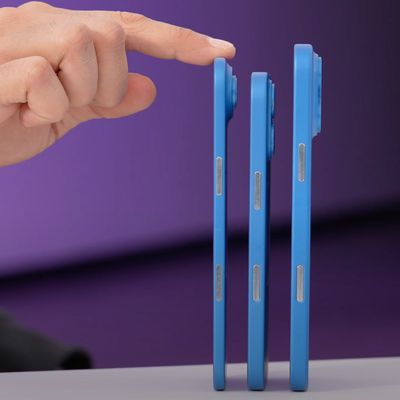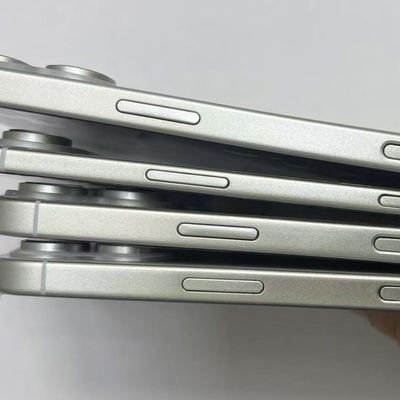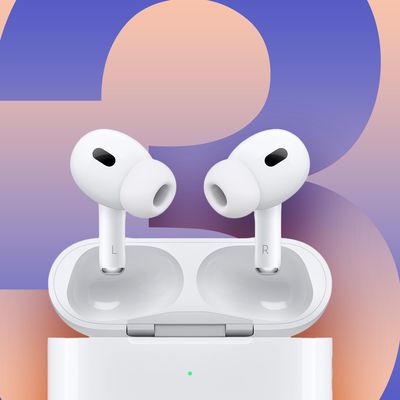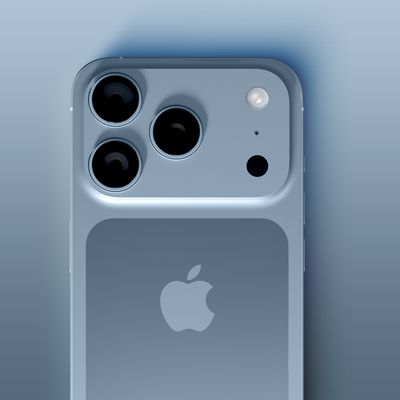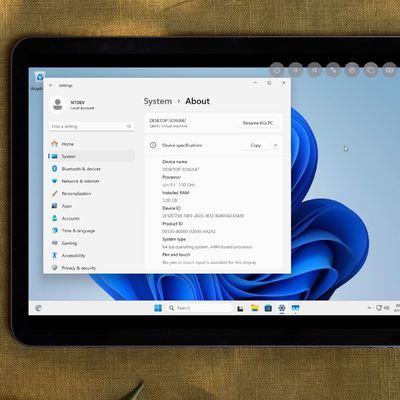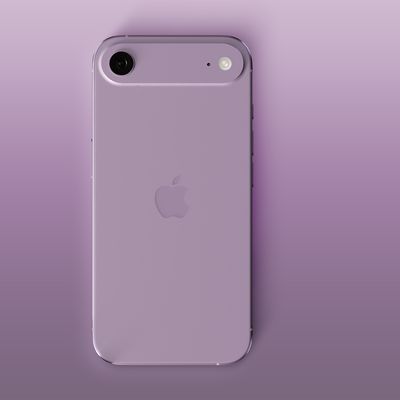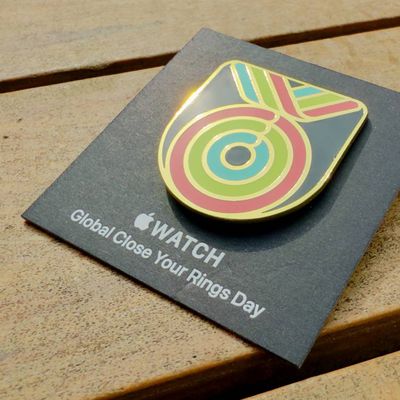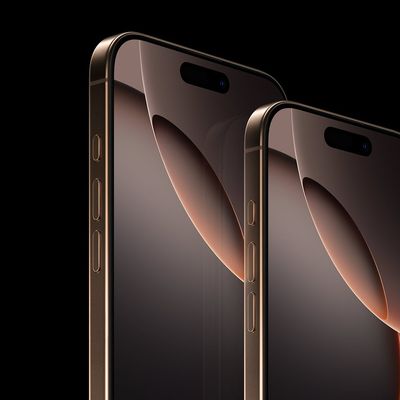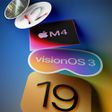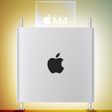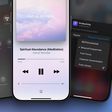Today is the official launch day for the 11 and 12.9-inch iPad Pro models, and we got our hands on one of the new larger versions along with a Smart Keyboard Folio and an Apple Pencil 2, the new accessories that go along with the updated tablet.
Check out our latest YouTube video for an unboxing and feature overview of the new device, which has been radically overhauled compared to the previous-generation model.
Apple's new iPad Pro models feature an entirely new design with a near edge-to-edge display that replaces the Touch ID Home button with a TrueDepth camera system and Face ID for authentication purposes.
The all-screen design is, unsurprisingly, gorgeous, especially when paired with True Tone, ProMotion for 120Hz refresh, and wide color support for vivid, true-to-life colors.
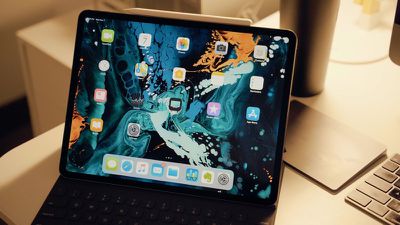
Design wise, the iPad Pro models no longer use smooth, rounded edges that taper into the back of the tablet, instead featuring a flat, more industrial band around the sides that's reminiscent of the iPhone 5.
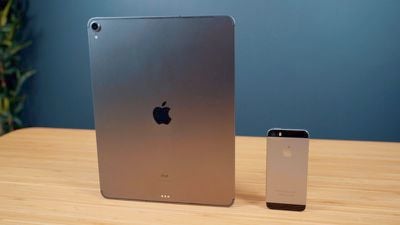
The 11-inch model is the same size as the 10.5-inch model just with a bigger display, but for the 12.9-inch model, Apple kept the 12.9-inch display and shrunk the body size, so it's smaller and more compact, and easier to hold.
There's a new USB-C port that replaces the Lightning port, so you can plug in all manner of things, like 4K displays, cameras, and even your iPhone. Over USB-C, the iPhone can charge from the iPad Pro, much like it would from a Mac.
Face ID on the new iPad Pro works great, and unlike the iPhone, it can unlock the iPad in either portrait or landscape orientation. You need to be careful not to cover up the sensor with a hand when using it in landscape mode, but it's otherwise pretty flawless.
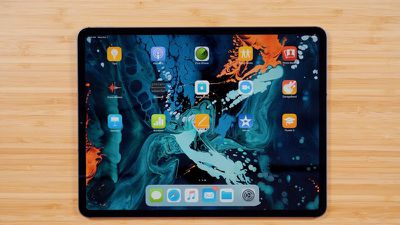
The A12X in the iPad Pro is super speedy and faster than many notebooks on the market, but there's one thing to be aware of. All 64, 256, and 512GB iPad Pro models feature 4GB RAM, while the 1TB models have 6GB. It's not yet entirely clear why the higher-capacity models have more RAM, but it's worth noting if you're aiming for maximum performance.
Apple designed two accessories to go with the iPad Pro: the Apple Pencil 2 and the Smart Keyboard Folio. If you like to sketch and draw, the Apple Pencil 2 is a must have. It's smaller than the original and it charges and syncs when you connect it to the iPad Pro using magnets.
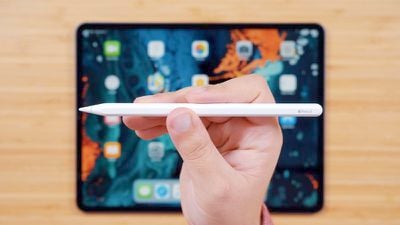
The Smart Keyboard Folio feels similar to the previous-generation Smart Keyboard with the same general key feel, but the folio style is nice because it offers all-around device protection.
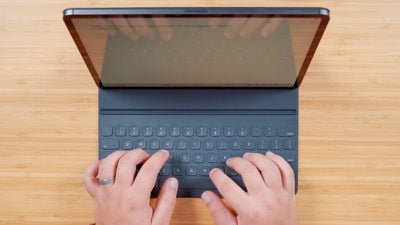
The 12.9-inch iPad Pro isn't going to be for everyone because of its size, but it offers maximum display for making art, gaming, and other purposes. For those who think the 12.9-inch model is just a bit too big, the 11-inch iPad Pro is a great compromise, offering a lot more screen real estate than the previous 10.5-inch model.
Unfortunately, neither of these two new iPads is cheap, which is the biggest negative. The 11-inch model starts at $799 for the 64GB version, while the 64GB 12.9-inch model starts at $999.
Did you get a new 2018 iPad Pro? Let us know what you think in the comments.


